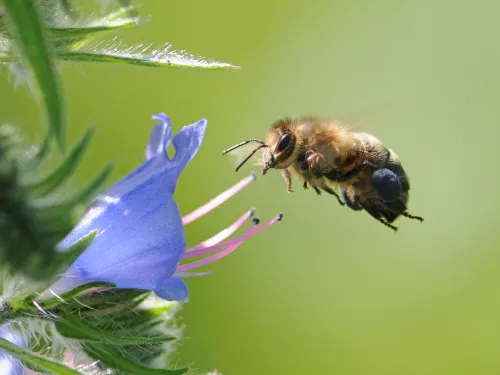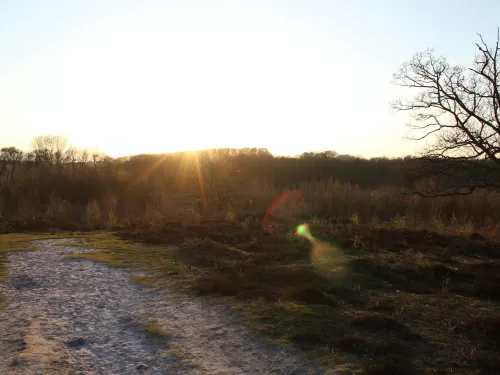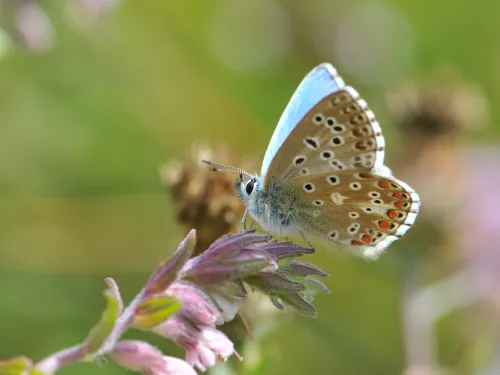
Ecosystem services & how they can save our planet
Healthy ecosystems give us everything we need to survive: water, clean air, food, and raw materials for building, making medicines... Learn more here.


Healthy ecosystems give us everything we need to survive: water, clean air, food, and raw materials for building, making medicines... Learn more here.

Habitat fragmentation poses significant threats to biodiversity and climate stability. In our lifetimes, we’re witnessing dramatic changes in the landscapes around us and the species that inhabit them.

In this blog, we're taking it all back to our purpose – the ‘why’ behind Kent Wildlife Trust. Not our strategic goals and plans, but what wildlife means to us. Why do we care about creating a wilder county anyway?